Spiria Tech Recap - № 379 - New Android logo, OpenAI conference, Thunderbolt 5, Stable Audio, and the end of WordPad
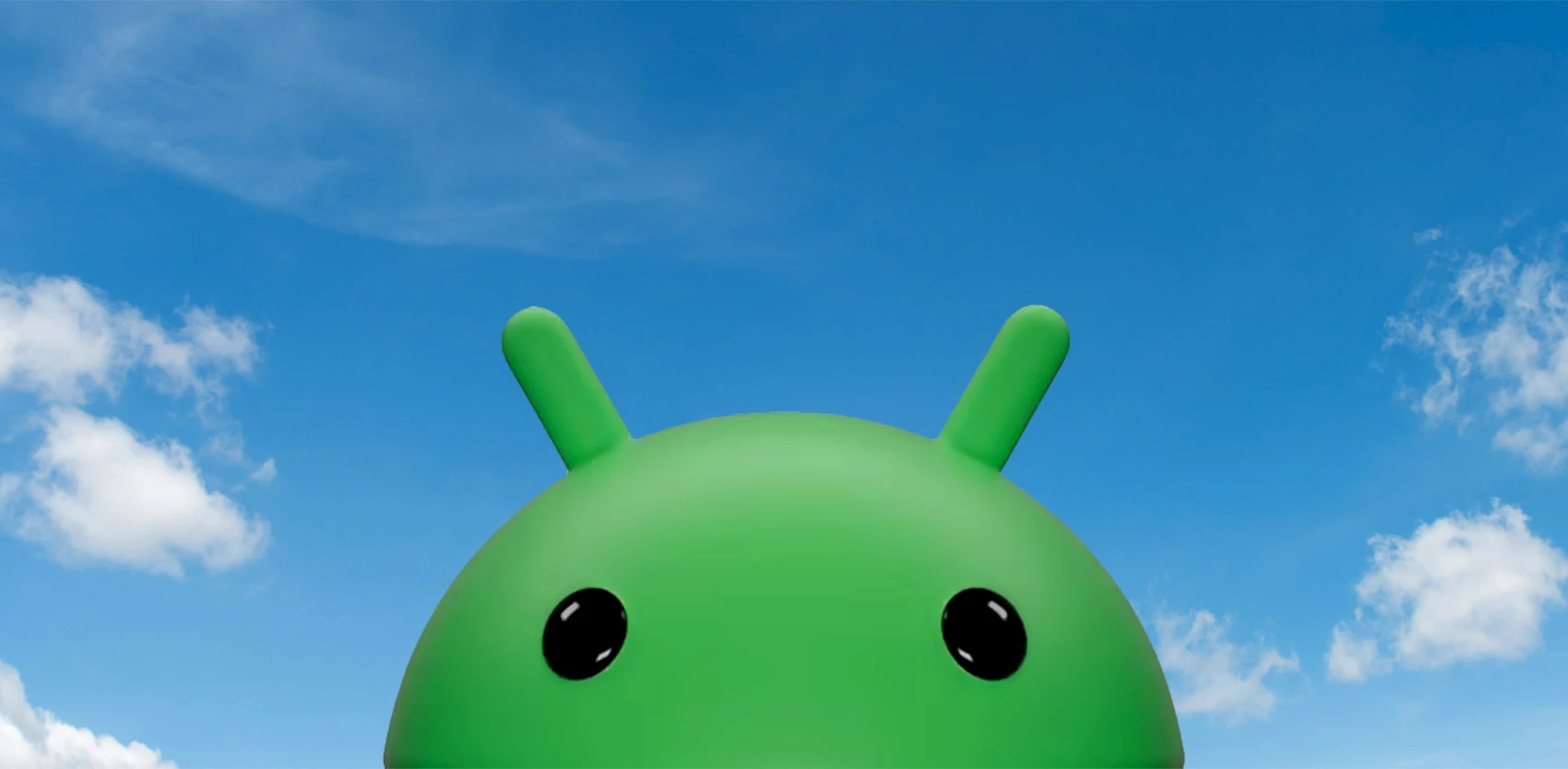
Android brand refresh
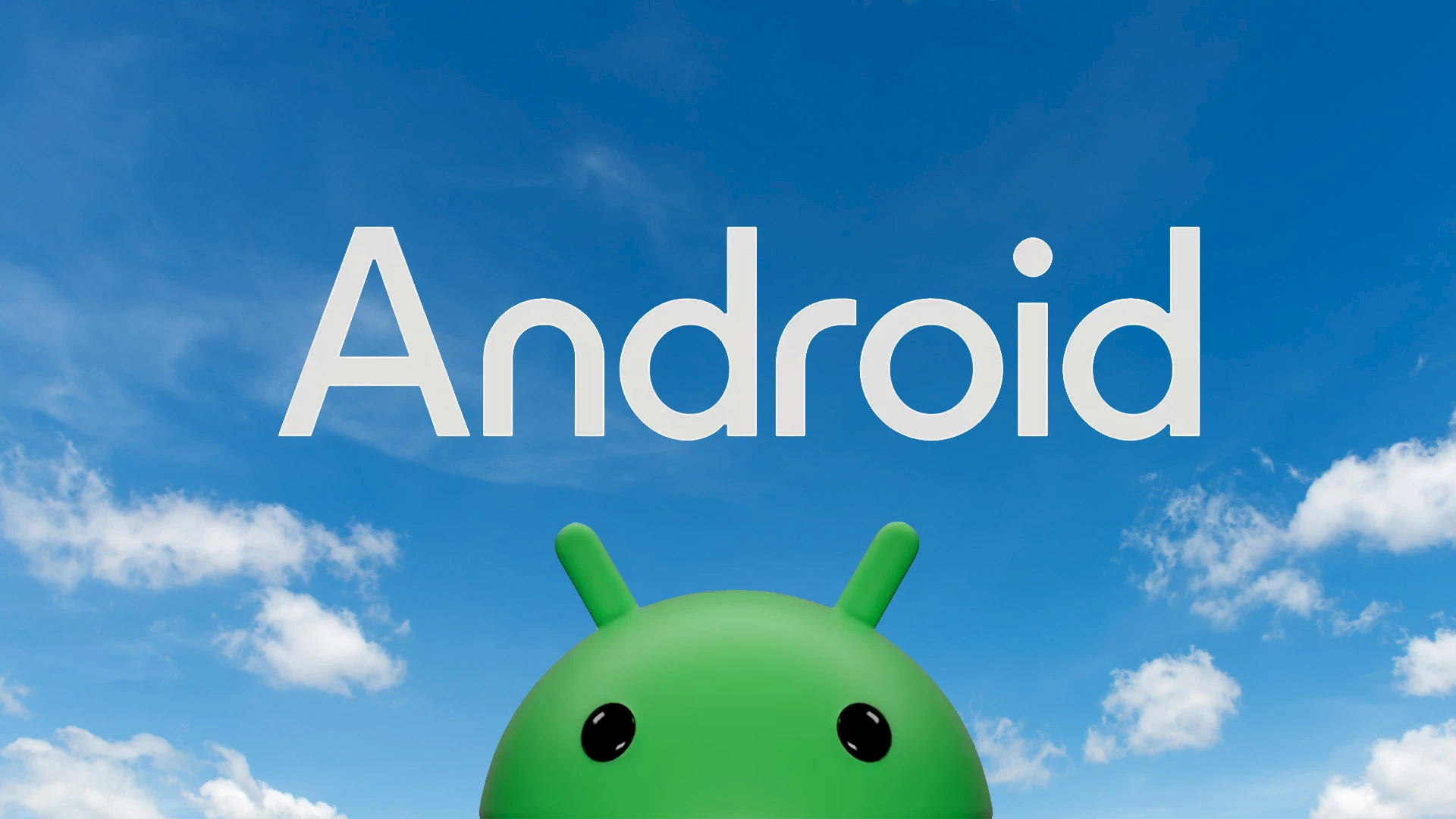
New Android logo. © Google.
With the last logo update dating back to 2019, Google revealed the first Android brand refresh in four years, one month before Android 14’s launch. For starters, the logo ditches the all-lower-case type style and goes back to conventional first-letter upper case. Second, the font is aligning with the Google logo by rounding the n and the r.
Jason Fournier, Director for Android Consumer Brand Management, confirms that the point is to tie the two brands together more closely. The lower-case android tended to get lost in the mix when it appeared next to the word Google. You’ll appreciate that the “bugdroid” robot mascot not only escaped unscathed from the redesign, but even got some 3D rendering out of it. According to Google, the new brand’s look will show up on Android devices later this year, most likely in time for the back-to-back launches of Android 14 and Pixel 8.
⇨ Android Police, Will Sattelberg, “Android is getting its first brand makeover in over four years.”
⇨ The Keyword, Jason Fournier, “A new modern look for the Android brand.”
2023-09-05
An OpenAI conference just for developers

San Francisco, Alamo Square. © iStock.
OpenAI, creator of ChatGPT and DALL-E, announced its very first developer conference, OpenAI DevDay, November 6, 2023, in San Francisco. During this one-day event, it hopes to gather hundreds of developers to preview some tools and to talk with OpenAI experts. While OpenAI’s DevDay will take place on site for the most part, the keynote and other events will also stream online.
Registration for the event opens in the next few weeks, but in the meantime, people can sign up on OpenAI’s webpage to obtain information about the conference as it becomes available. In a press release, OpenAI CEO Sam Altman said, “We’re looking forward to showing our latest work to enable developers to build new things.”
⇨ Ars Technica, Benj Edwards, “OpenAI’s first-ever dev conference hopes to draw “hundreds of developers” in November.”
2023-09-07
Thunderbolt 5 is official
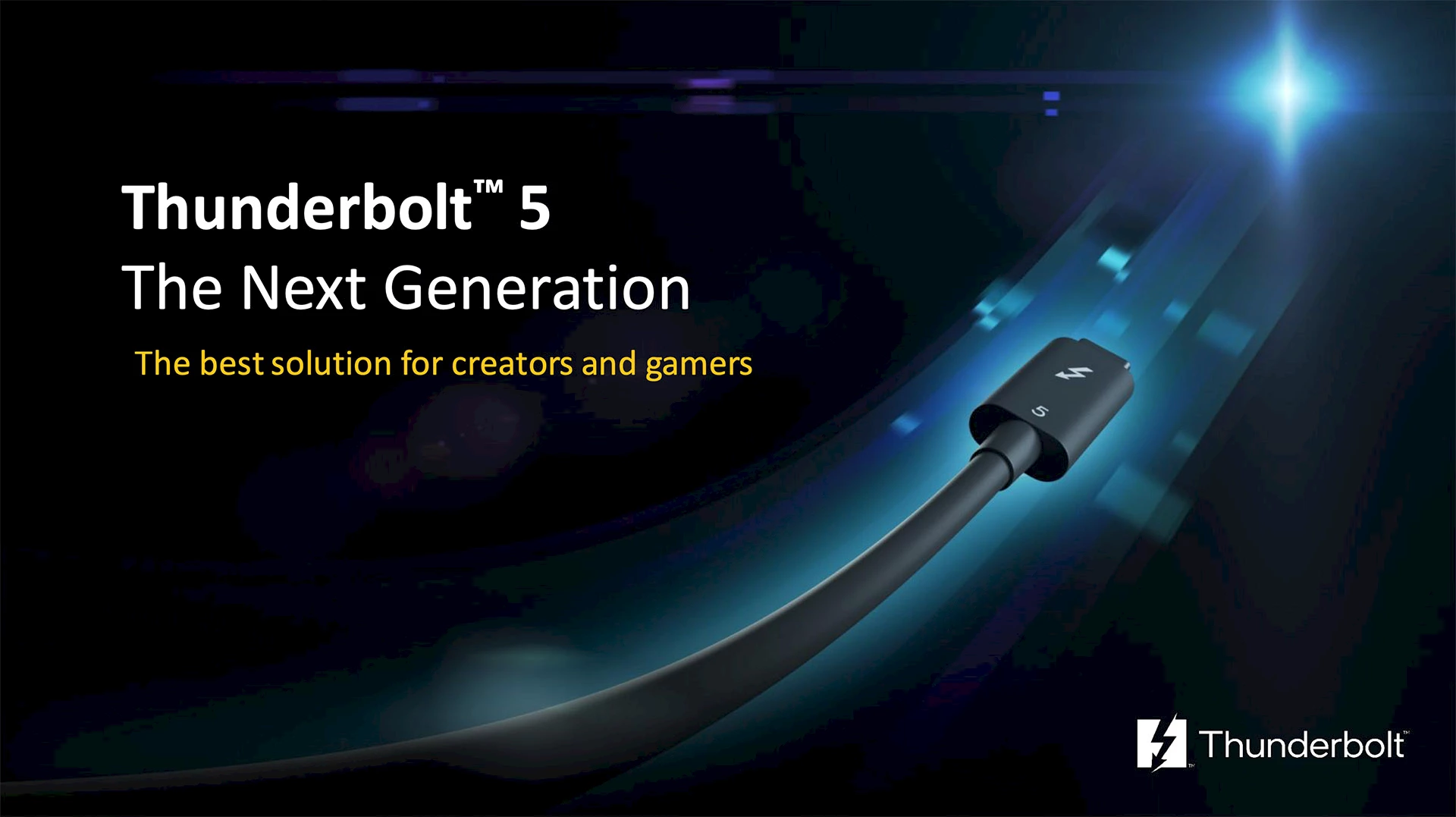
Thunderbolt 5. © Intel.
Intel revealed some details about its fifth gen Thunderbolt cables, and the company expects the release of PCs and accessories equipped with Thunderbolt 5 sometime in 2024. The key feature of this new generation is its ability to transmit data at up to 120 gigabits per second (Gbps) while simultaneously receiving data at a maximum speed of 40 Gbps. This mode, dubbed Bandwidth Boost, only activates when a bandwidth-intensive display, such as a high-resolution HDR display or a high refresh-rate monitor, is connected. Otherwise, the default operating mode is 80 Gbps output and 80 Gbps input simultaneously, for a total of four 40 Gbps logical lanes. This mode offers twice Thunderbolt 4’s speed of 40 Gbps.
Intel said PC makers can now design computers with up to four Thunderbolt 5 ports. These ports are managed by a discrete chip codenamed Barlow Ridge. This means that, as with Thunderbolt 4, PCs unequipped with Intel processors will technically still be able to support Thunderbolt 5. While Thunderbolt certification doesn’t involve royalties, it does require test fees which are paid directly to test laboratories (not to Intel).
⇨ Ars Technica, Scharon Harding, “Intel confirms Thunderbolt 5 name, 120Gbps tech arrives in 2024.”
2023-09-12
Stability AI sets its sights on audio
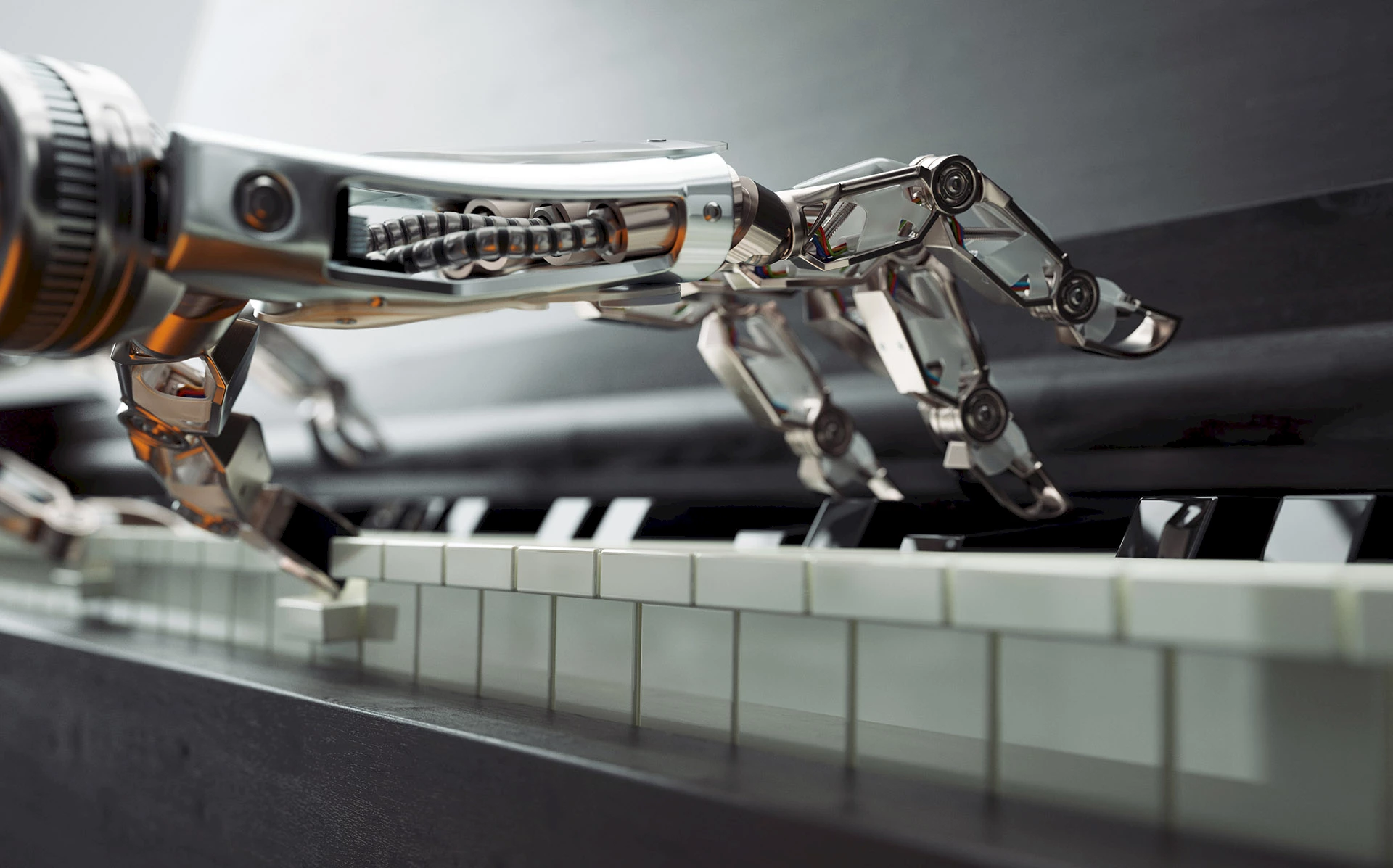
© iStock.
Stability AI, the English startup behind the acclaimed Stable Diffusion image generator, unveiled Stable Audio, a tool that creates “high quality” 44.1 kHz music from text prompts. This model surmounts the long-standing hurdle of pre-set song lengths. The model was trained using more than 800,000 audio files from the AudioSparx music library, clearing Stability AI to claim that it used copyrighted material with permission. A common complaint with many models is that they draw material randomly without securing permission from the rights holders. The tool is intended to generate background music for podcasts and videos.
Stable Audio offers three pricing tiers: a free version that lets users create up to 20 songs lasting 45 seconds maximum per month (no commercial-use permission); an US$11.99 version for 500 tracks lasting up to 90 seconds (with commercial use); and finally a tailor-made and quote-upon-demand “business” subscription. Other big names in generative AI already offer text-to-audio models. Meta published AudioCraft and Google released MusicLM, though these are currently only accessible to researchers and some audio professionals.
You can listen to the quality of the music generated here.
⇨ The Verge, Emilia David, “Stability AI releases AI audio platform.”
2023-09-13
Taking leave of WordPad
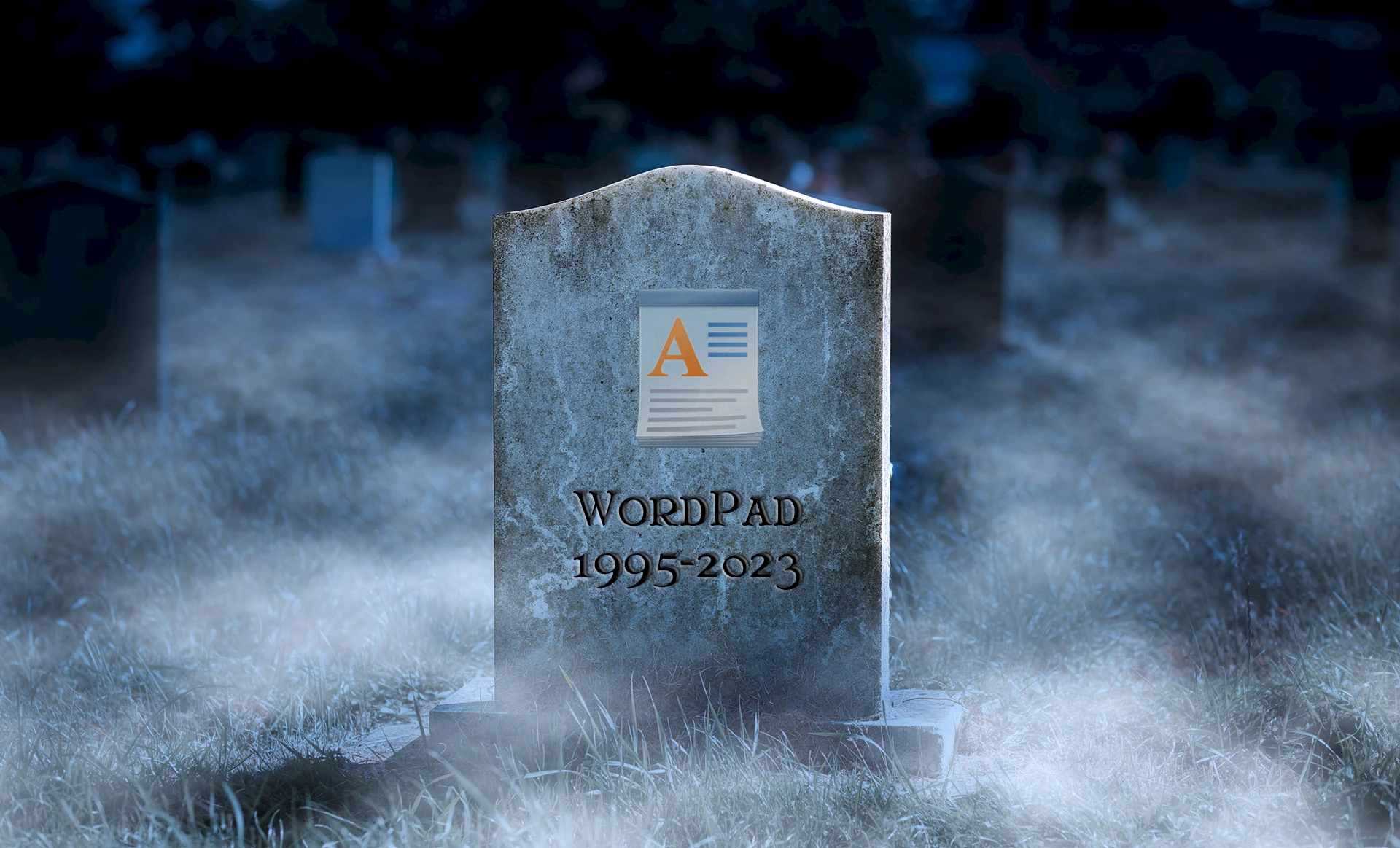
R.I.P. © iStock.
After 28 years of dedicated service, WordPad is on its way out. While Microsoft recently freshened up many Windows utilities such as Calculator, Media Player and Paint, the WordPad text editor was clearly snubbed. Included in every version since Windows 95, it is an application that has not been substantially updated since Windows 7. Still available in Windows 11, the application, which can save and read .rtf, .docx, .odt and .txt files, is more versatile than Notepad. According to Microsoft’s deprecated features page for Windows, it appears that WordPad will never get that same overhaul as other utility applications. The app is “no longer being updated,” and though it remains available for now, it “will be removed in a future release of Windows.” Microsoft does not specify whether it will be removed in a Windows 11 update or in a future major version of Windows. It also doesn’t appear that Microsoft plans to introduce another type of rich text editor for Windows.
⇨ Ars Technica, Andrew Cunningham, “For the first time in 40 years, Windows will ship without built-in word processor.”
2023-09-05
IEEE Spectrum’s language ratings
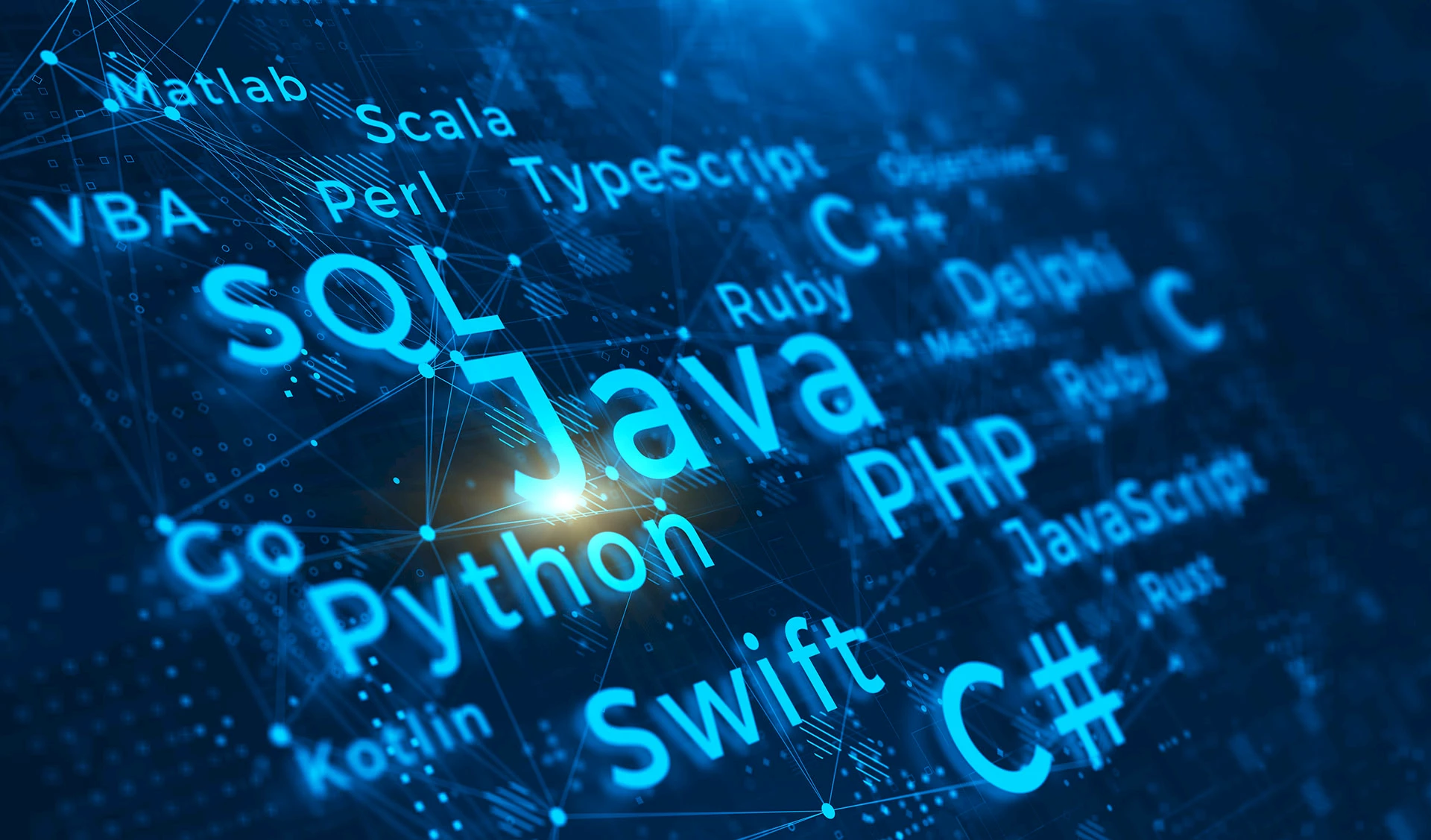
© iStock.
After collecting data from various sources to estimate the popularity of different programming languages, IEEE Spectrum released its tenth annual ranking of the top languages. Python not only remains in the lead – it also widened it. Python’s growing dominance seems to come largely at the expense of lesser-known, more specialized languages. First among the reasons for its success, many specialized libraries have made it an essential tool in artificial intelligence. Second, it is increasingly used in initiating youth to programming. Predictably, Java, C, C++, C#, and JavaScript still rank well. Furthermore, SQL is once again the technology most in demand in job postings. Of course, it’s unlikely that anyone would be asked to develop purely in SQL, but employers like to see SQL coupled with another language such as Java or C++.
⇨ IEEE Spectrum, Stephen Cass, “The Top Programming Languages 2023.”
2023-08-29
